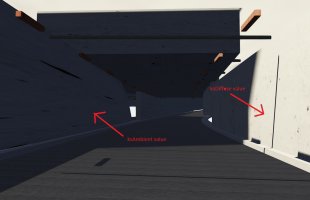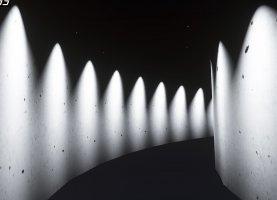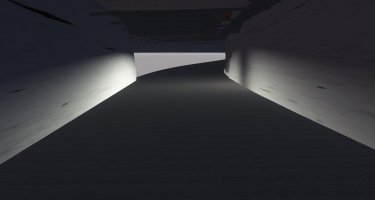I've uploaded a video of the problem:
Something is wrong, because my start points are far from the landmarks I see in the screen. These tree-like things are in the middle of the map, while my start point is at one of the corners of the map.
I don't have any problem running any other tracks or cars. Has anyone else encountered similar spinning issues when starting on your track?
Something is wrong, because my start points are far from the landmarks I see in the screen. These tree-like things are in the middle of the map, while my start point is at one of the corners of the map.
I don't have any problem running any other tracks or cars. Has anyone else encountered similar spinning issues when starting on your track?














